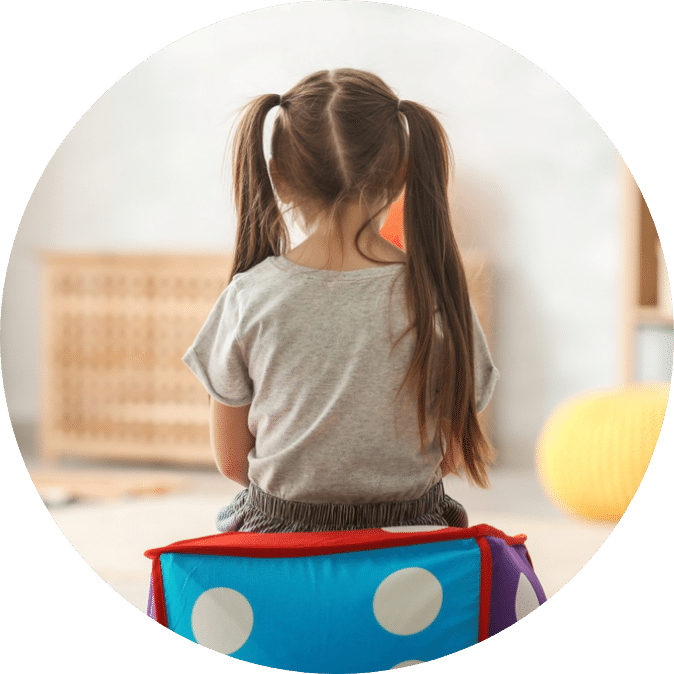— Behavior Issues
Bipolar Disorder in Children

Bipolar Disorder in our children

Bipolar Disorder in Our Children
Bipolar Disorder is best diagnosed in adulthood because the symptoms are easily confused with normal developmental mood changes in teenage years. Bipolar may be diagnosed in some teenagers, especially in cases where there is a family history of the diagnosis. Bipolar disorder is characterized by a polarization of extreme emotion, ranging from high “highs” to low “lows” over a six- to twelve-week period of time. The fluctuation between the two of these moods can cause a child to be hyper productive one month and show signs of depression the next. While bipolar disorder can be diagnosed in children, it is usually developed later during the teen years or early adulthood.
Bipolar, like other mental health diagnoses, manifests differently in each child. The length of manic and depressive episodes will vary, as will the intensity. You will need to do a lot of monitoring of your child before and during treatment. It is helpful for parents to document things by keeping a daily journal of your child’s moods and behaviors over a course of time. This will help determine if your child exhibits more manic or depressive features and how best to address them. Parents are the first line of treatment and can provide a foundation for treatment that is successful for the child. Be aware. Be informed. Be active.
Parenting a Child with Bipolar Disorder
- Parents should work with their child to journal moods and symptoms to best understand what the child’s needs are at a given time.
- One of the greatest challenges of bipolar disorder is adapting to the opposing needs the child has at different times. While some weeks may require managing suicidal thoughts, other weeks are spent calming manic episodes. When the parent and their child map out symptoms, they can identify the various needs and interventions that best support the child at different times.
- The ABCs of Behavior is especially helpful for children to connect their feelings with their behaviors and the ultimate consequences of those behaviors.
- Discuss with your child how thoughts and feelings lead to behaviors and consequences.
- Help create a broad emotion vocabulary uniquely your own using familiar terms to describe specific feelings. This will help your child learn how to openly communicate about what they are feeling with you and others.
- Establish specific behaviors that they can do when they feel a certain way. When parenting a bipolar teenager, do this by allowing them to come up with those options first. Provide additional insight later.
- Create and establish a safe environment for your child by preparing them for the future. This can be stated in the following way, “I know you may feel very down at times. When you feel down, I need you to let me know by telling me.” Or use a predetermined way of communicating this which may include moving a magnet on a refrigerator from one location to another, marking it on a chart, etc. This gives you information for their daily journal and establishes a precedent for what to do in each situation.
- When parenting a bipolar teenager, set up specific times of the day when your child will report how he/she is feeling. By setting up a routine, it makes it easier and less of a hassle for you as a parent to remember what to do.
- Prepare your child for days of feeling “down” and “up” by telling them it will happen. Children who can anticipate what may happen are more likely to recognize when it happens and address the behaviors more appropriately.


